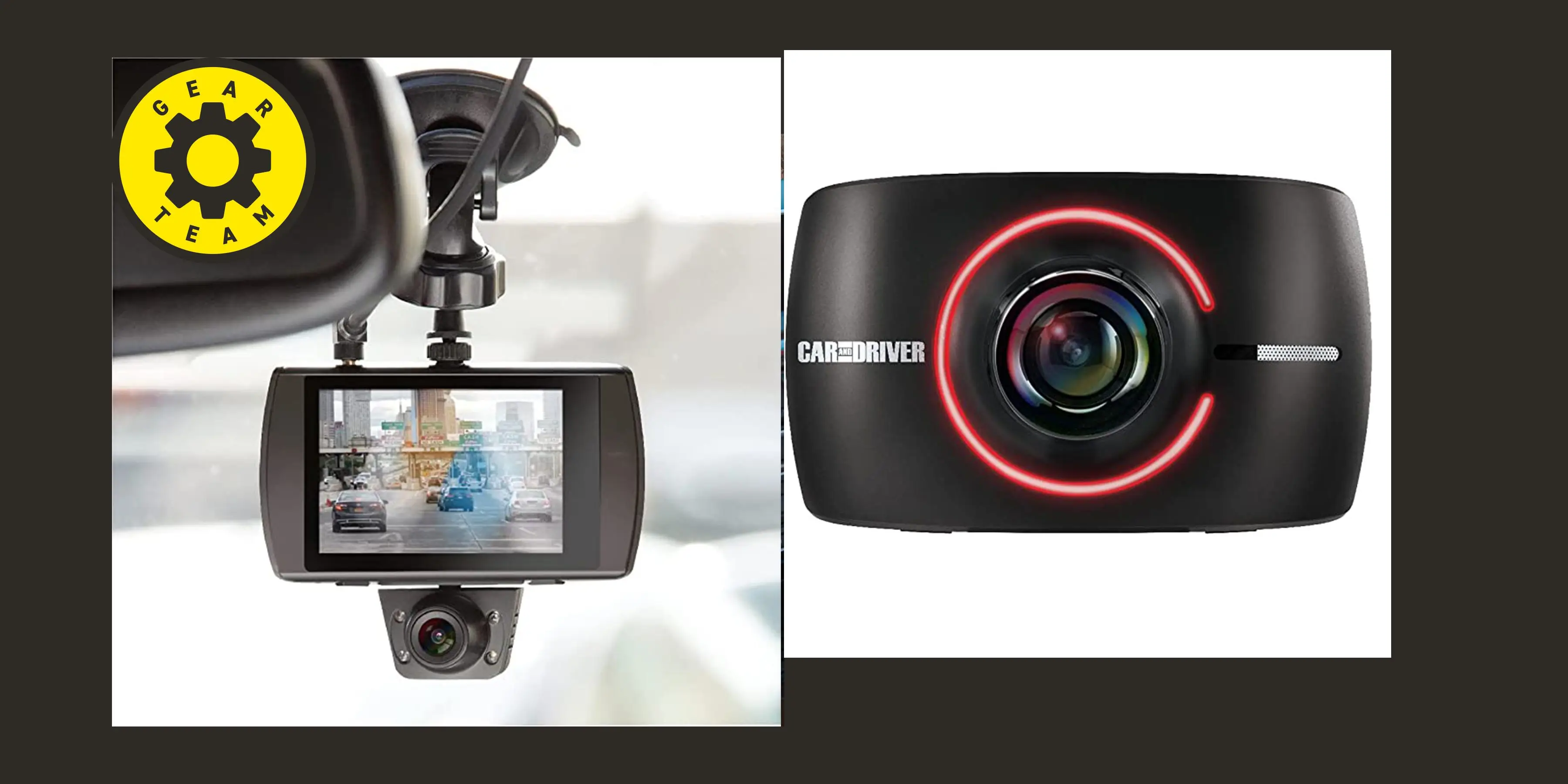How does a dash cam record video?


A dash cam, also known as a car camera or vehicle surveillance system, is a small camera that is mounted on the dashboard or windshield of a vehicle. It is designed to record video footage of the road ahead and sometimes the interior of the vehicle. Dash cams have become increasingly popular in recent years due to their ability to provide evidence in the event of an accident or other incident on the road. In this article, we will explore how a dash cam records video and the technology behind it.
How does a dash cam work?
A dash cam is typically powered by the vehicle’s electrical system and starts recording automatically when the engine is turned on. It uses a wide-angle lens to capture a broad view of the road ahead. The camera records video footage onto a memory card, which can be easily removed and reviewed later.
Video quality and resolution
Dash cams come in a variety of video resolutions, ranging from standard definition (SD) to high definition (HD) and even ultra-high definition (UHD). The video quality of a dash cam is determined by its resolution, which is measured in pixels. The higher the resolution, the clearer and more detailed the video footage will be.
Loop recording
One of the key features of a dash cam is loop recording. This means that once the memory card is full, the camera will automatically overwrite the oldest footage with new footage. This ensures that the camera is always recording and you don’t have to worry about running out of storage space. However, it is important to regularly review and save any important footage before it gets overwritten.
Impact and motion detection
Many dash cams are equipped with impact and motion detection sensors. These sensors can detect sudden changes in speed or movement and automatically save the footage leading up to and following an impact or incident. This feature is particularly useful in the event of an accident, as it can provide valuable evidence of what happened.
GPS and timestamp
Some dash cams also have built-in GPS receivers, which allow them to record the vehicle’s location and speed along with the video footage. This information can be useful for insurance claims or legal purposes. Additionally, dash cams often include a timestamp on the video footage, which can be helpful for accurately documenting the time and date of an incident.
Storage capacity
The amount of video footage that a dash cam can store depends on the size of the memory card it uses. Dash cams typically support memory cards ranging from 16GB to 256GB or more. The storage capacity you choose will depend on how much footage you want to store and how frequently you plan to review and save it.
Viewing and downloading footage
To view and download the recorded footage from a dash cam, you can either remove the memory card and insert it into a computer or connect the dash cam directly to a computer using a USB cable. Once connected, you can access the files on the memory card and transfer them to your computer for viewing or sharing.
Conclusion
In conclusion, a dash cam records video footage of the road ahead and sometimes the interior of a vehicle. It is powered by the vehicle’s electrical system and starts recording automatically when the engine is turned on. Dash cams use a wide-angle lens to capture a broad view of the road and record the footage onto a memory card. They often have features such as loop recording, impact and motion detection, GPS, and timestamping. Dash cam footage can be viewed and downloaded by removing the memory card or connecting the dash cam to a computer. With their ability to provide valuable driving footage, dash cams have become an essential tool for many drivers.
Recent Posts
How do I create an engaging and informative online quiz or assessment?
Creating an engaging and informative online quiz or assessment can be a powerful tool for… Read More
What are the most effective methods for managing and reducing work-related stress in the hospitality industry?
Work-related stress is a common issue in the hospitality industry, where employees often face long… Read More
How can I improve my assertiveness and communication skills in a leadership position?
In a leadership position, assertiveness and effective communication skills are crucial for success. Being able… Read More
What are the key elements of a successful employee recognition and rewards program?
Employee recognition and rewards programs play a crucial role in motivating and engaging employees, as… Read More
How do I effectively manage and respond to customer feedback and reviews?
Customer feedback and online reviews play a crucial role in shaping a company's reputation and… Read More
What are the best strategies for effective time management as a stay-at-home parent?
Effective time management is crucial for stay-at-home parents who juggle multiple responsibilities on a daily… Read More